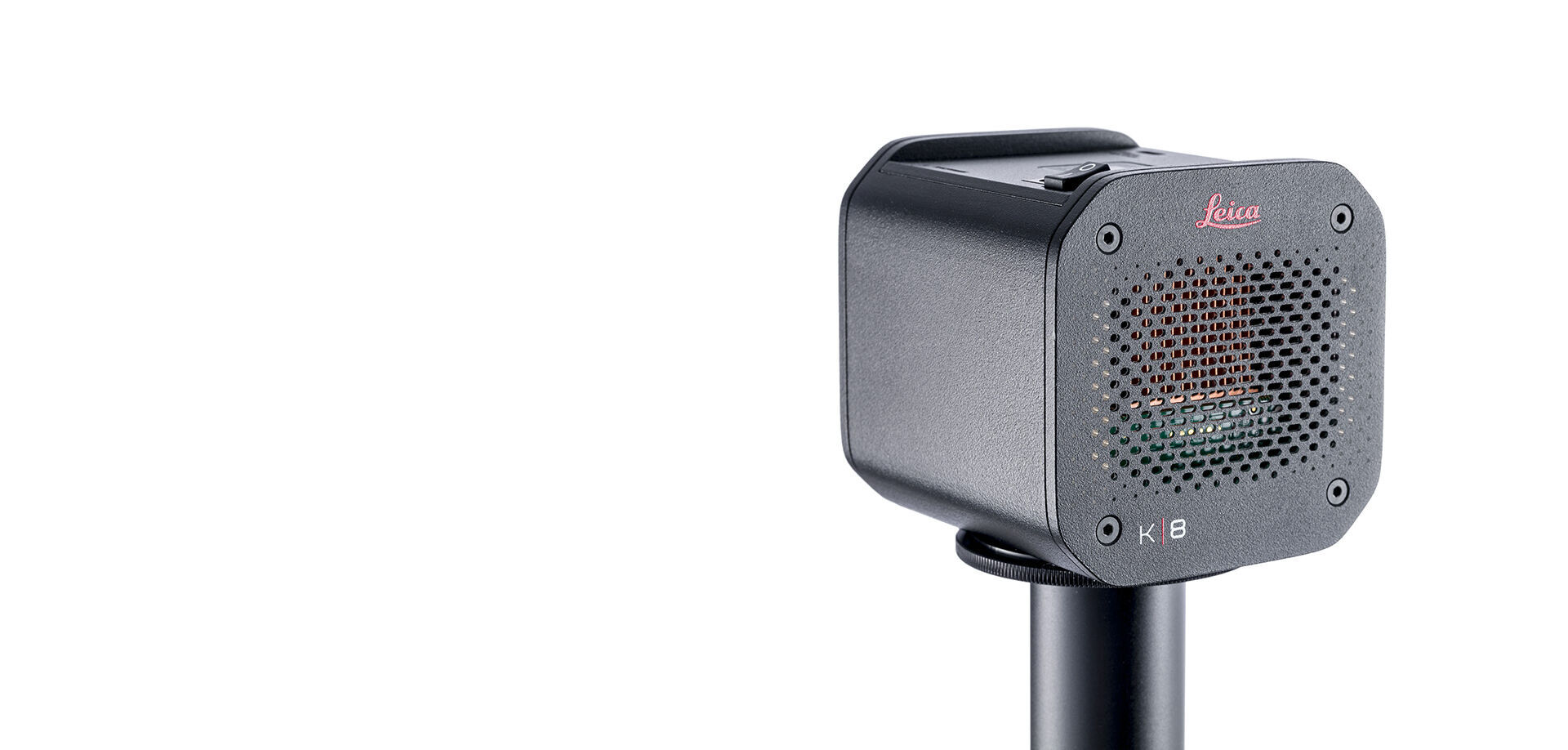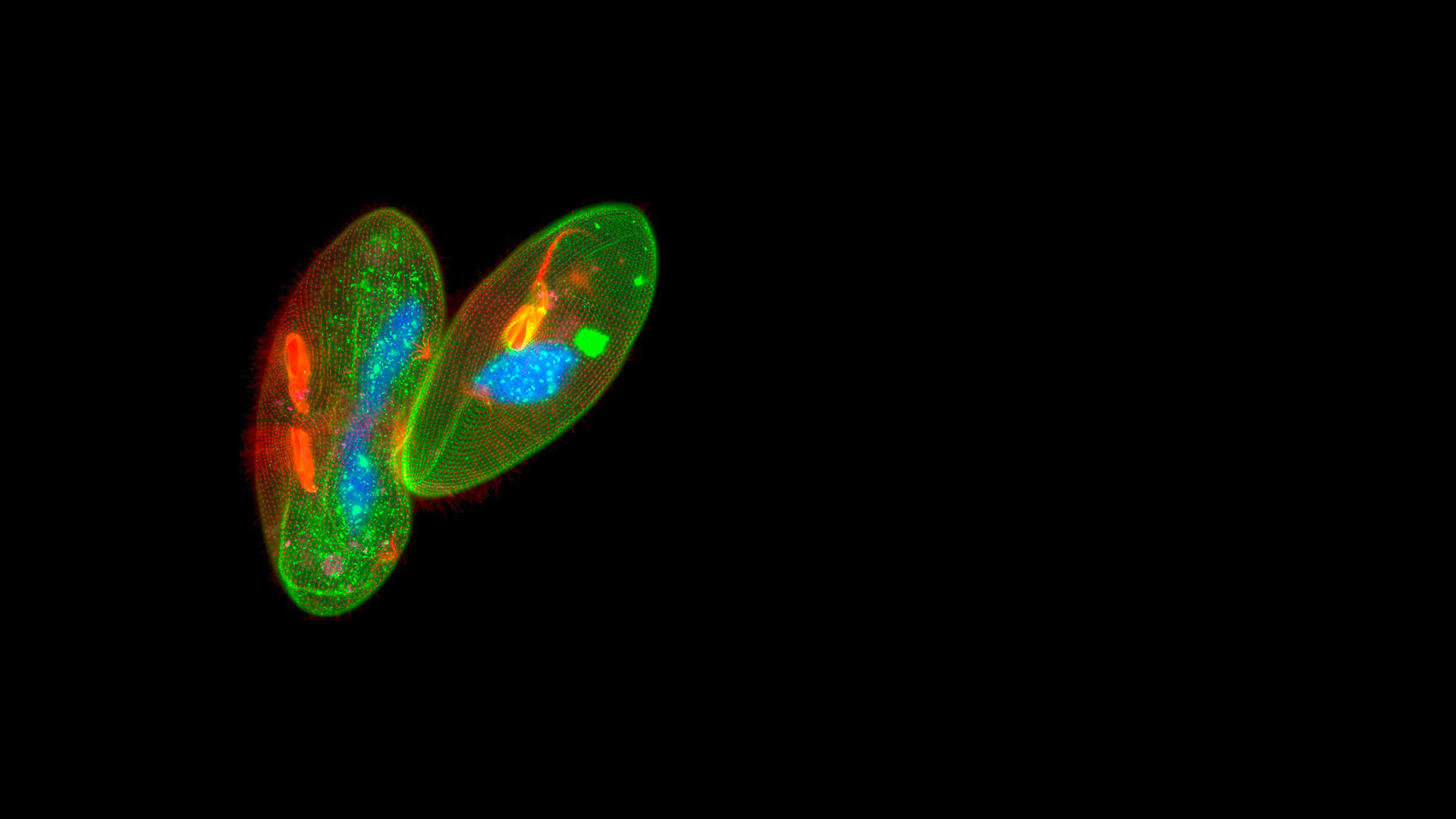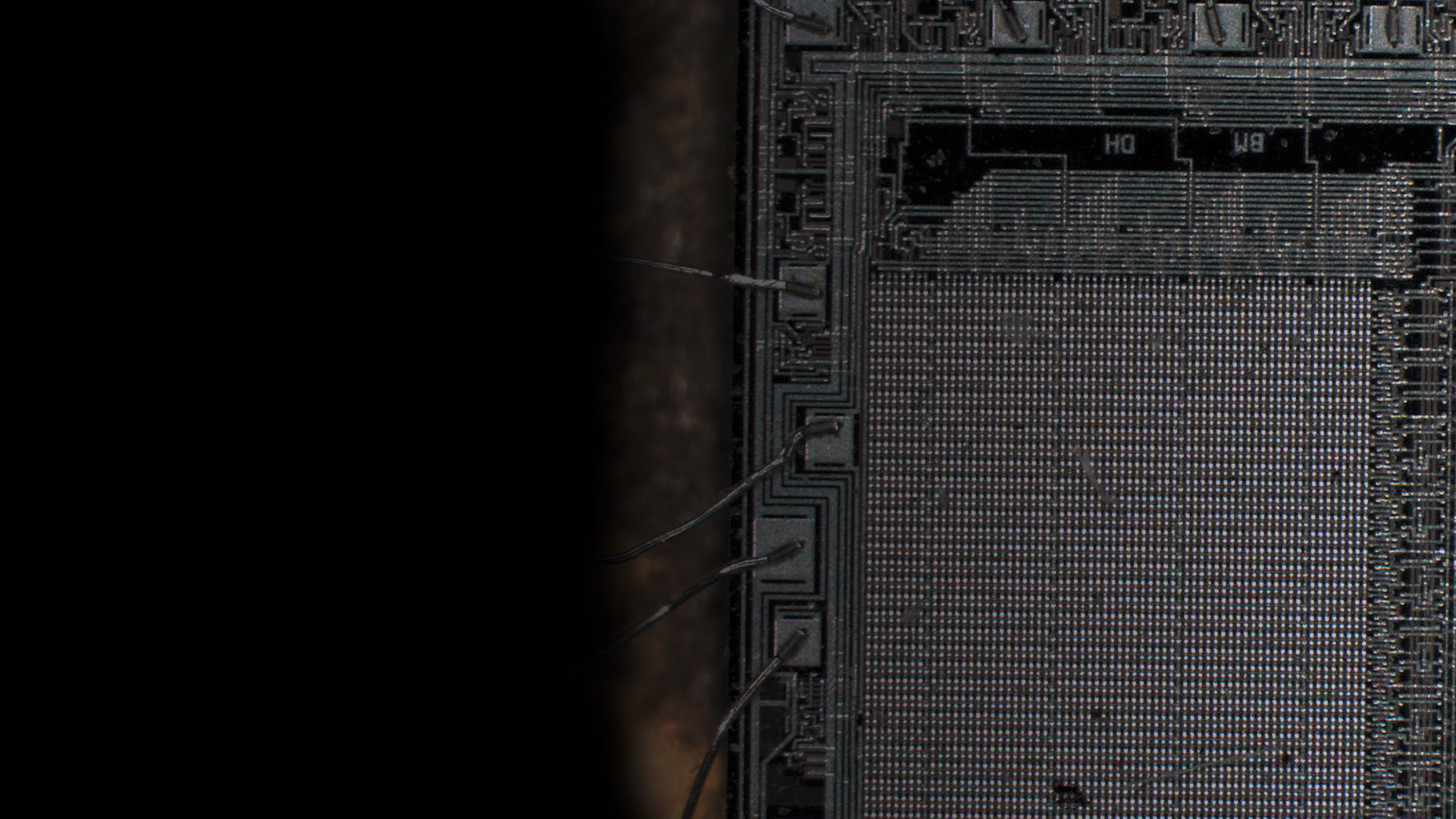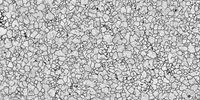Microscope Cameras
Microscope cameras from Leica are particularly remarkable for their fast live images, short reaction times, high resolution and clear contrast. And they are compatible with almost all Leica microscopes and macroscopes.
Sophisticated Microscope Cameras
We have the right camera for every application to record exactly what you see through our high-performance instruments. Photographs with a resolution of more than 12 million pixels, ultra high sensitivity and optimum color fidelity are possible with our Microscope Cameras
Imaging and Analysis of the Finest Details
Our product range covers digital Microscope Cameras with intuitive software for archiving, measurement, analysis and presentation. 100% reproducibility of the exposures and highly convenient remote control of the cameras and ensure a fast and economical workflow.
Microscope Cameras for Fluorescence Microscopy
Insights into the structures and dynamics of life
Fluorescence microscopy is a vital technique for studying biological processes. Fluorescence can be used to visualize specific subcellular structures and reveal connections between dynamic processes in live cells and tissues. A broad range of advanced live-cell imaging techniques can be employed by researchers to probe the complexities of cellular processes. Fluorescence imaging is central to many of these imaging techniques.
To obtain excellent fluorescence images, you need a highly sensitive camera delivering a high signal-to-noise ratio and a large dynamic range resulting in a crisp fluorescence signal. Also, live-cell imaging often requires a high acquisition speed to capture fast dynamic processes.
Why Use Fluorescence Cameras from Leica Microsystems?
The Leica fluorescence cameras are based on highly sensitive sCMOS or CCD sensors that are ideally suited for low light applications and can detect even weak signals. One camera is passively cooled to help reduce noise. The sensors also have high quantum efficiency so that you can reduce exposure times, protecting your samples from photodamage.
Monochrome and Color Microscope Cameras
Our monochrome and color cameras are designed for a broad range of applications, from basic documentation tasks to advanced live-cell imaging applications. Our Leica Application Suite (LAS) X software seamlessly integrates our cameras into the microscope system, supporting high-speed triggering.
Microscope Cameras for Life Science
Facilitating insights into life
Life science research has a broad range of imaging needs that require solutions which address a wide variety of different applications. Microscopes cameras are vital for many life science imaging workflows like monitoring cell cultures, documenting stained specimens during morphological examinations, live-cell imaging, and the analytical methods FRAP and FRET. They generate reliable, reproducible, and quantifiable data that are essential for analysis and comparison.
For fluorescence applications, cameras should capture as many photons emitted from the sample as possible while introducing minimal additional noise to the data. Leica Microsystems offers a range of color or monochrome fluorescence cameras using sCMOS or CCD sensors.
Microscope Cameras for Industry
Optimum visualization and ease-of-use
산업 어플리케이션에는 다음과 같은 현미경 카메라가 필요합니다. i) 빠른 워크플로를 수용하기 위해 빠른 라이브 이미지의 높은 프레임 속도가 가능한 카메라. ii) 정확한 분석을 위해 우수한 이미지 품질을 제공할 수 있는 카메라. iii) 경험이 없는 사용자도 사용하기 쉬운 카메라.
현미경 혁신의 리더인 Leica Microsystems는 PC 기반 또는 독립형 시스템을 위한 고성능 디지털 현미경 카메라를 제공합니다. Leica 포트폴리오에는 CMOS- 또는 CCD 기반 센서가 최대 20메가 픽셀을 갖는 다양한 컬러 카메라가 포함되어 있습니다.
Find the right microscope camera for your needs!
Get your individual information package based on 3 short questions.
Contact us{{ question.questionText }}
Please select an answer!
Best Match
{{ resultProduct.header }}
{{ resultProduct.subheader }}
{{ resultProduct.description }}
{{ resultProduct.features }}
Request Your Information Package
Frequently Asked Questions Microscope Cameras
A camera which is installed directly onto a microscope to observe live images of samples and record them at various magnification values.
It can be operated either via connection with a computer having the appropriate software installed on it or in stand-alone mode with the image displayed directly on a monitor.
Leica microscope cameras can have from 1 to 20 megapixels. In terms of imaging resolution, it is the pixel size that is important. However, smaller pixels generally mean a greater number of megapixels on a sensor, depending on the sensor size. For more information, refer to the following articles: Introduction to Digital Camera Technology, Digital Cameras, Definitions of Basic Technical Terms for Digital Microscope Cameras and Image Analysis, What Does 30,000:1 Magnification Really Mean?
The camera is normally installed onto the microscope with a C-mount lens, but in some cases it is placed directly between the optics carrier and eyepieces.












